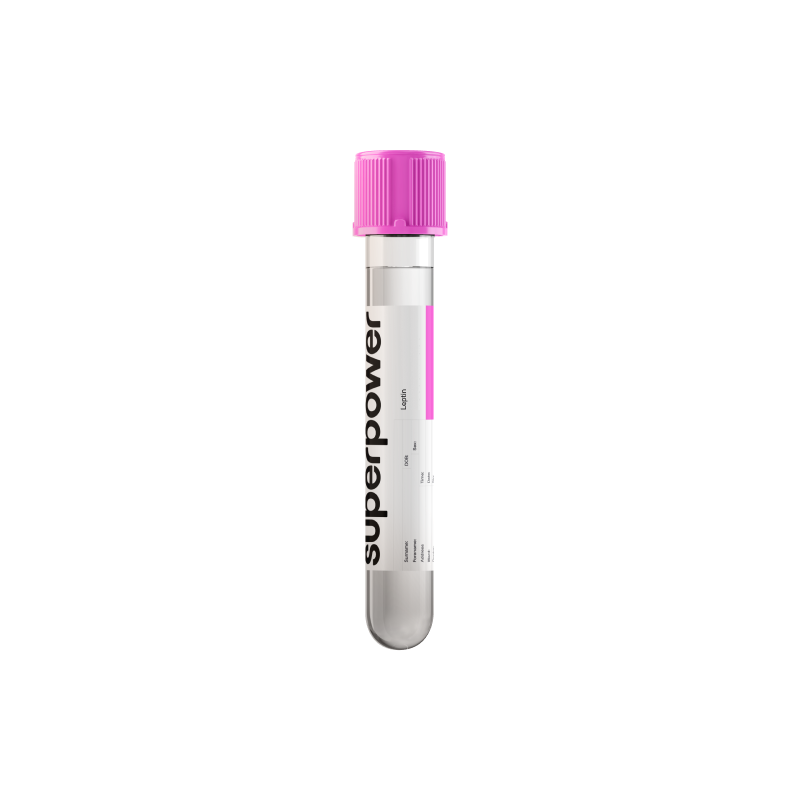Key Benefits
- See your average blood sugar over the past two to three weeks.
- Track rapid changes after starting or adjusting diabetes medications or lifestyle.
- Guide insulin or medication titration when quick feedback on control is needed.
- Explain A1c mismatches from anemia, hemoglobin variants, or recent transfusion.
- Support pregnancy care by monitoring short-term control when A1c is less reliable.
- Clarify recent high sugars driving thirst, fatigue, frequent urination, or infections.
- Track trends between A1c checks to maintain goals and prevent complications.
- Best interpreted with A1c, fasting glucose, and your glucose logs.
What is Fructosamine?
Fructosamine is the collective name for sugar-linked blood proteins formed when glucose attaches to circulating proteins, especially albumin, without enzymes. This stable sugar-protein link (glycation) produces ketoamine structures known as fructosamines (Amadori products). Because serum proteins are constantly exposed to blood glucose, a portion becomes glycated, creating a measurable pool of fructosamine in the bloodstream. These modified proteins arise continuously in the circulation and are cleared as the proteins are renewed.
What it signifies is the recent history of blood sugar exposure. Serum proteins turn over in about two to three weeks, so the amount of glycation they carry reflects the average glucose level over that same window. Fructosamine therefore acts as a short-term integrated marker of glycemia, capturing how much glucose your proteins have “seen” lately. It does not drive a biological function; instead, it serves as a biochemical footprint of recent glucose-protein interactions in your blood (short-term measure of glycated serum proteins).
Why is Fructosamine important?
Fructosamine is a snapshot of how much glucose has been attaching to blood proteins—mainly albumin—over the last 2–3 weeks. Because proteins turn over faster than red blood cells, it captures short-term glycemic exposure that drives vascular, nerve, kidney, and eye stress. It’s especially useful when hemoglobin A1c may be unreliable, and when rapid changes in glucose management are occurring.
Most labs consider values roughly 200–285 as typical. In general, the physiologic “sweet spot” sits near the middle, reflecting steady, mid‑normal glucose without big swings.
When the number runs low, it can mean average glucose has been low, which may show up as shakiness, sweats, fatigue, or cognitive fog. It can also reflect fewer circulating proteins or faster protein turnover—seen with malnutrition, advanced liver disease, nephrotic protein loss, or hyperthyroidism—so the reading may underestimate true glycemia. During pregnancy, dilutional low albumin can lower fructosamine independent of glucose, so interpretation needs context.
When the number runs high, it signals recent hyperglycemia from diabetes, steroid exposure, acute illness, or large glucose variability. People may notice thirst, frequent urination, blurry vision, slower wound healing, and more infections. Chronic elevation tracks with microvascular strain in the retina, kidneys, and peripheral nerves. In teens with type 1 diabetes and in pregnancy, it offers a quicker readout of short‑term control, though low albumin can blunt rises.
Big picture: fructosamine links glucose chemistry to protein biology. It complements A1c, fasting glucose, albumin, thyroid, liver, and kidney markers to show how short‑term glycemia is stressing tissues today—and how that trajectory may shape long‑term cardiometabolic and microvascular risk.
What Insights Will I Get?
Fructosamine measures the share of blood proteins that have become sugar-linked (glycated), mostly albumin. Because these proteins turn over every 2–3 weeks, fructosamine reflects your recent average glucose exposure. It is a window into short-term energy regulation, insulin–glucose balance, and the glycation stress that can stiffen proteins and affect vessels, nerves, kidneys, eyes, and wound repair.
Low values usually reflect low recent glucose exposure or low/fast-turnover serum proteins. When albumin is reduced or turning over quickly—such as with pregnancy-related hemodilution, liver protein underproduction, kidney protein loss, or too much thyroid hormone (hyperthyroidism)—fructosamine can read low even if glucose is not truly low. In such cases it may understate glycation stress.
Being in range suggests stable glucose control over the past few weeks with limited protein glycation, supporting vascular flexibility, nerve integrity, and immune function. When albumin is normal, optimal values often sit in the lower-to-mid portion of the reference range, indicating less glycation without evidence of protein deficiency.
High values usually reflect higher average glucose over the prior 2–3 weeks (chronic hyperglycemia), increasing protein glycation and biochemical stiffness. This aligns with higher cardiometabolic risk and slower tissue repair. Fructosamine can also rise independent of glucose when protein turnover is slowed (too little thyroid hormone, hypothyroidism) or when serum proteins are elevated (paraproteinemias). Acute illness, corticosteroids, and gestational diabetes can transiently raise values.
Notes: Interpretation depends on protein status; measuring albumin or total protein helps. Thyroid, kidney, and liver disorders, and pregnancy, change protein levels and turnover. Vitamin C can artifactually lower results; bilirubin and lipemia can interfere. Fructosamine is not affected by red blood cell conditions and tracks 2–3 week changes better than HbA1c.



.svg)



.png)
.png)
.png)
.png)








